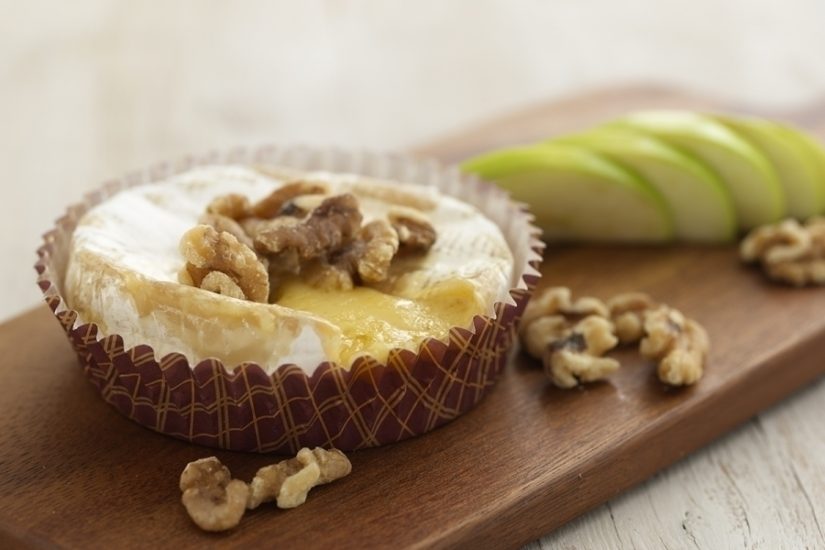Does Hershey’s cocoa powder occupy pride of place in your baking pantry? Maybe, maybe not. But at the very least, you probably have fond childhood memories of the familiar brown can, particularly of snowy mornings when nothing hit the spot like a mug of hot cocoa. You may have also used it to whip up brownies, decadent chocolate cakes and creamy frosting.
As a child, you probably just knew that it tasted good, but there’s much more to cocoa powder than meets the eye – er, taste buds. It comes in two main varieties, including natural and Dutch process, and never the twain shall meet.
Natural cocoa powder is the classic unsweetened powder many of us grew up with. It is non-alkalized — in other words, acidic — giving it a slightly bitter flavor, but because it contains no fat, sugar or other ingredients that you find in regular chocolate, it retains a strong chocolate taste overall (hence the term “natural”). If a recipe calls for cocoa powder but doesn’t specify natural or Dutch, opt for the former.
Dutch process cocoa has a lower acidity, so you get a pure yet more mild chocolate flavor. Some bakers find it to have an earthy or nutty flavor. Dutch cocoa works well in recipes that require a deep chocolate color but not necessarily a deep chocolate taste.
Because of the difference in acidity levels, you shouldn’t use the two cocoa powders interchangeably. If your recipe calls for leavening agents such as baking soda or powder, natural cocoa powder works well to counterbalance them. But as any baker worth his or her salt knows, it’s always good to experiment. In fact, take those experiments beyond desserts by sprinkling cocoa powder in homemade breads or muffins to ignite your childhood memories — and your taste buds.




